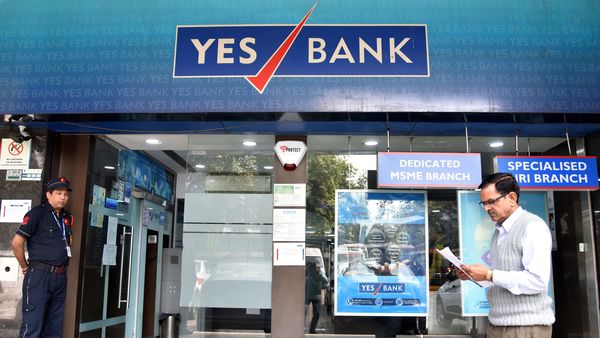YES Bank, one of the major new age private banks promoted by Rana Kapoor, had all the makings to be a successful venture when it had set up shop in 2004. Until about a couple of years back, this bank was a darling of the masses – remaining in the good books of both investors and customers alike. Even today, it holds over Rs 2 lakh crore of public deposits. In the initial years of its business, it rode on schemes like high interest rates on savings bank deposits and personalized services to customers. However, the tide started turning against it when it piled up bad loans on its books. The bank failed to raise fresh capital to manage its ballooning loan losses. Neither existing investors nor potential ones showed interest to put in fresh money. So much so that investors started invoking bond covenants to hedge their exposure. The bank’s efforts to generate fresh capital came a cropper as late as middle of last year that sent alarm bells ringing. Moody’s Investors Service cut YES Bank’s credit ratings in December 2019, saying its standalone viability was in question due to its slowness in raising new capital.
As other private banks like Kotak Mahindra, Laxmi Vilash et al. started offering competitive rates and services, a bulk of YES Bank’s customers switched over to other banks. YES Bank lugged Rs 1500 crore loss in the first quarter of the current fiscal when the RBI had to step in and appoint a point man on its board. Rana Kapoor was forced to step down as MD and CEO in January 2019 as the RBI rejected the bank board’s recommendation to extend his term. Post Kapoor’s exit, board room bickering started with its members split into two camps –one pro-Kapoor group and another opposed to him. This unsettled the functioning of the bank even as Ravneet Singh Gill took over as MD and CEO. However, the rot in the bank continued to fester until last week when the RBI put an abrupt moratorium on withdrawals from the bank that was confined to `50,000 per month. In a controversial move, SBI has agreed to rescue YES Bank by setting aside `10,000 crore for this purpose. The RBI and SBI have declared to lift the freeze within a month.
Failure of banks in India is no longer news. There have been many such instances in the past. Only a few months back, the Punjab and Maharashtra Cooperative Bank was declared broke while a few years ago it was the Global Trust that had broken the trust of depositors. However, the latest case is significant as YES Bank is a large-sized bank with a pan-India footprint. It was India’s fifth largest lender among private banks. The YES Bank’s failure has raised doubts over the way banks in private sector are regulated and dipping public confidence in financial institutions. The focus of banking reforms in the country has been more or less confined to public sector banks. The intensity of monitoring of private banks by the RBI has not been up to the mark. There was crass failure of corporate governance in YES Bank. Directors came and went. But the rot in the books remained as it is. There was utter lack of transparency. Facts and figures were hidden from directors. On their part, directors did not bother to go the extra mile to see if whatever is presented to them is correct. Rana Kapoor used the bank as his own fiefdom. He gave away loans to shady entities like DHFL, Anil Ambani group companies, Subhas Chandra’s Essel group among others. Investors hope there is a sincere investigation of the bank’s books and there is zero interference. Corruption in banks at the highest level is not new. Last year, we have seen the shenanigans of former CEO and MD of ICICI Bank Chanda Kochhar. Like in the case of PSU banks, those in private sector should be monitored strictly to prevent unscrupulous practices and asked to give details of their assets and liabilities, risk assessments and future projections. The moot question could be—who will police these monster banks? It is easy to say the RBI must ensure there is strict adherence to corporate governance by private banks but very difficult to implement.







































